Transverse vs Longitudinal Engines: Which Is Better?
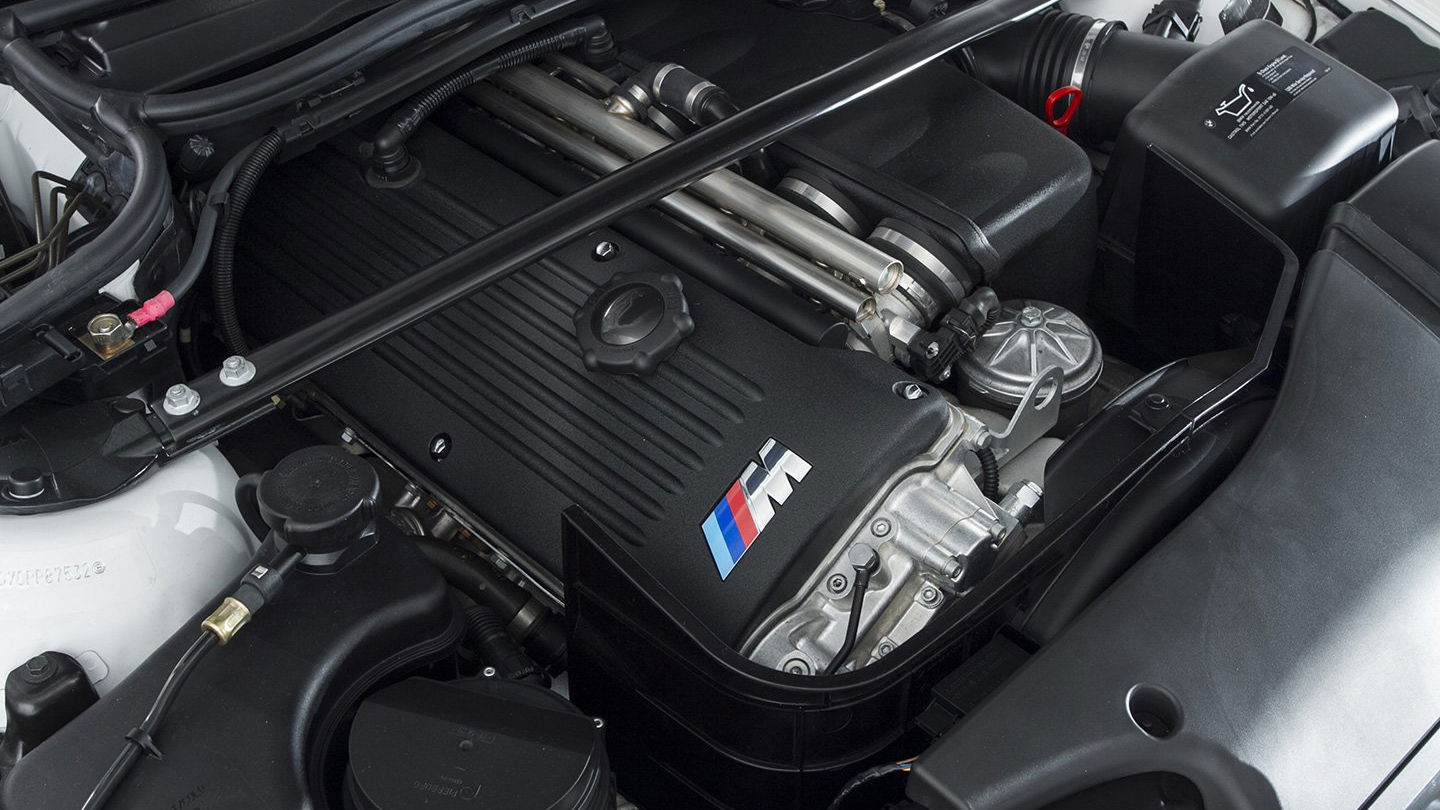
It’s something most people will seldom think about, but the way an engine is mounted is one of the most critical parts of developing a new car. It’ll have a knock-on effect on pretty much every other element – from the exterior design of a car, its weight distribution and quite simply how large said engine can be.
They’ll either have the power lumps mounted longitudinal or transverse. What does that mean exactly, though, and when is one better than the other? We explain.
What is a transverse engine?
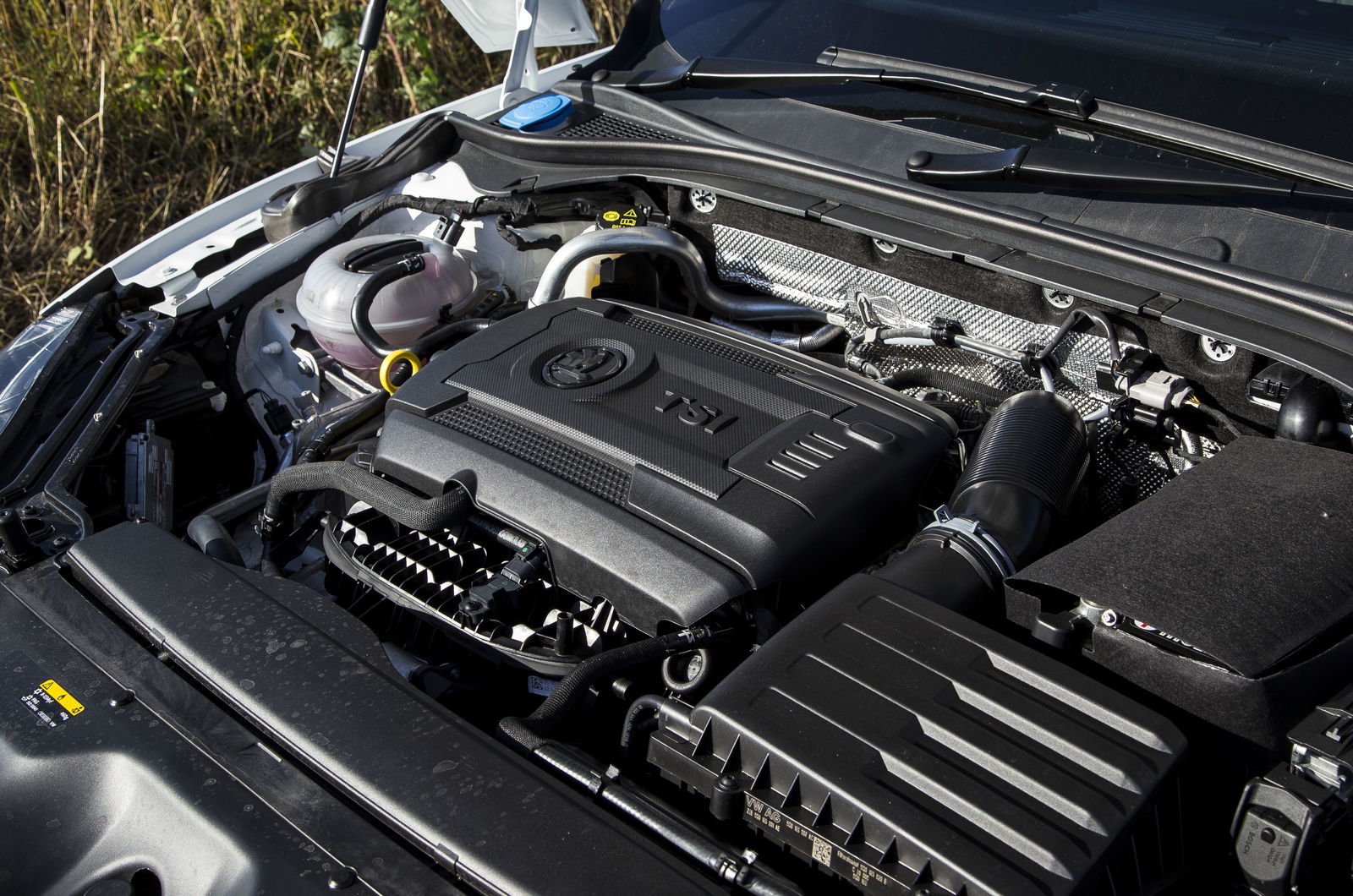
Simply put, transverse engines are mounted horizontally within an engine bay, perpendicular to the direction of travel. This is most commonly deployed in front-wheel drive cars but is also occasionally deployed for other layouts.
It was a design popularised by the original BMC Mini, which also had its transmission engineered into the engine’s sump to maximise space within the bay. That practice has phased out over the years as gearboxes have increased in ratios though, with gearboxes now usually mounted on one side of an engine, meaning unequal-length driveshafts for power delivery on the front axle. Keep both those points in mind for when we get to the pros and cons.
What is a longitudinal engine?
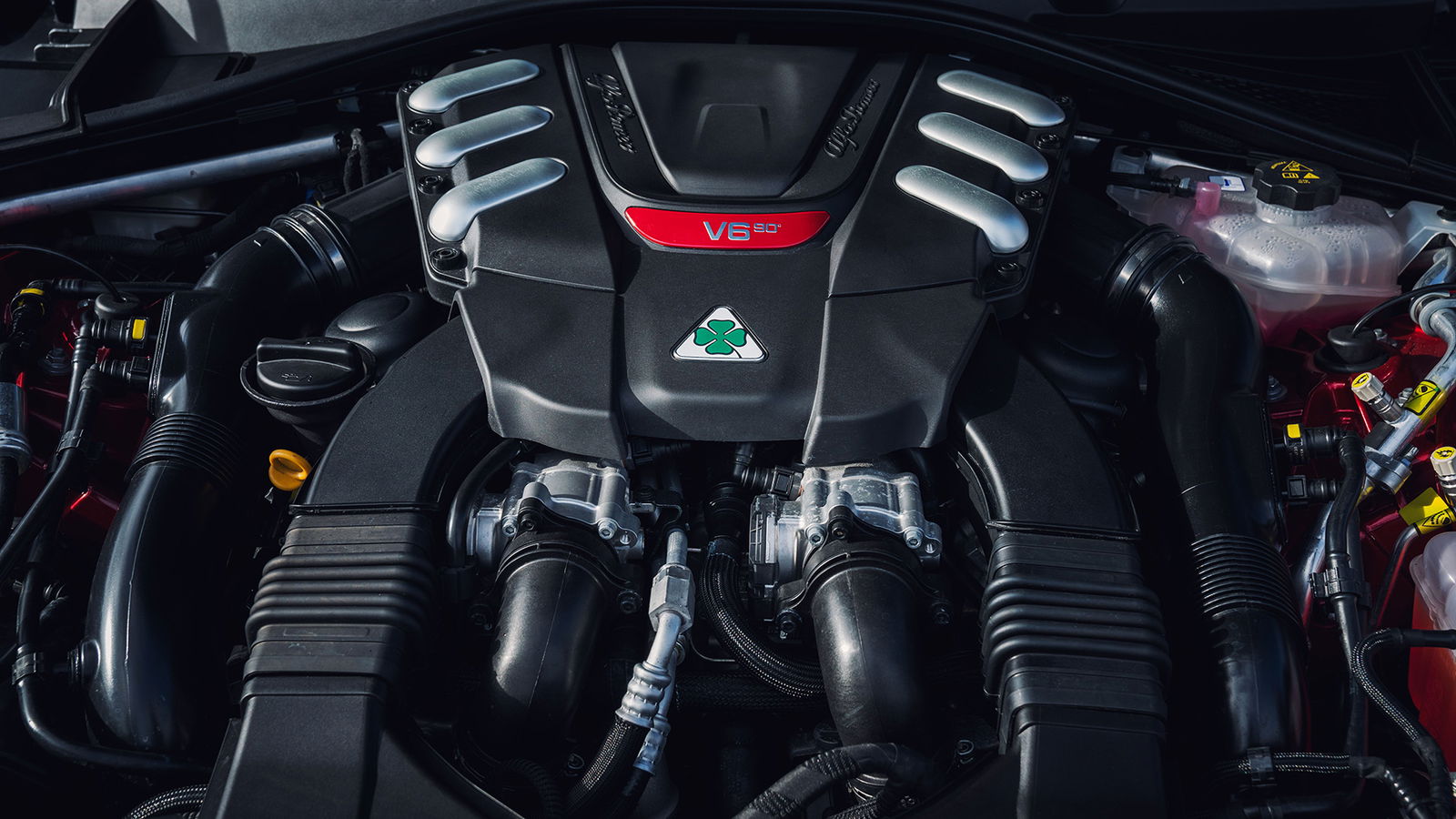
A longitudinal engine is mounted vertically within an engine bay, forming a straight line from the crankshaft to the car’s transmission. Usually, larger capacity engines will be mounted this way as a result of taking up more room within an engine bay.
It’s practically unheard of for a front-wheel drive car to use a longitudinal engine, rather it’s most common on rear- and some all-wheel drive vehicles. Front-driven longitudinal layouts have been tried though, most recently with some Audis.
When is a transverse engine better?

The main benefit of a transverse engine comes in packaging. For lower-capacity engines, mounting an engine transversely allows the engine bay itself to be designed smaller, freeing up space to make an interior bigger. The lack of a transmission tunnel for front-driven vehicles also frees up more room.
It also allows for more weight to be placed over the front wheels in front-driven cars, in theory improving traction.
However, this layout limits the size an engine can be. You wouldn’t really have anything bigger than a V6 in this layout (although the Americans have tried transverse V8s), and even that’s rare. Usually, transversely mounted engines have four cylinders or fewer.
For fast cars (think hot hatches), the uneven driveshafts also introduce the biggest enemy – torque steer. Less torsional stiffness in the longer shaft means power is less efficiently delivered to the wheel it’s on, pulling it slightly to that side.
When is a longitudinal engine better?
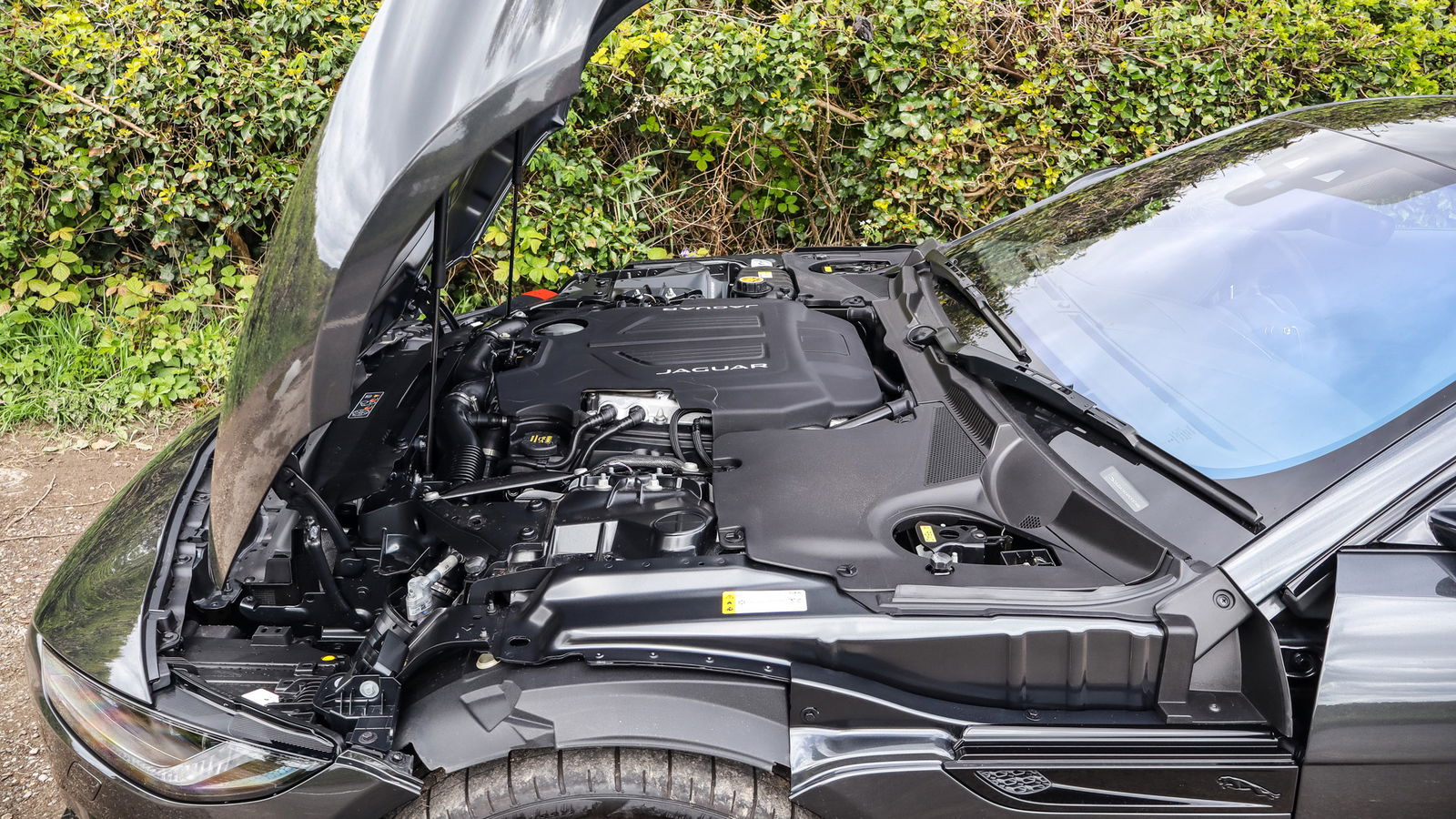
A longitudinally-mounted engine doesn’t have many natural advantages but is more a product of needing space for a bigger engine. However, it does mean the weight distribution of a car can be more evenly distributed – especially handy for rear-driven machinery – and allows more room for complex four-wheel drive systems.
The downside of a longitudinal engine is it’ll naturally require the dashboard to be pushed back, impeding interior space, as well as requiring a transmission tunnel.
Really, there’s no ‘better’ way of doing things at a surface level, but rather it’ll come down to the needs of a car. A two-door, rear-driven V8 sports car will benefit from a longitudinal engine, whereas a four-seat family hatchback is generally better with it transverse.
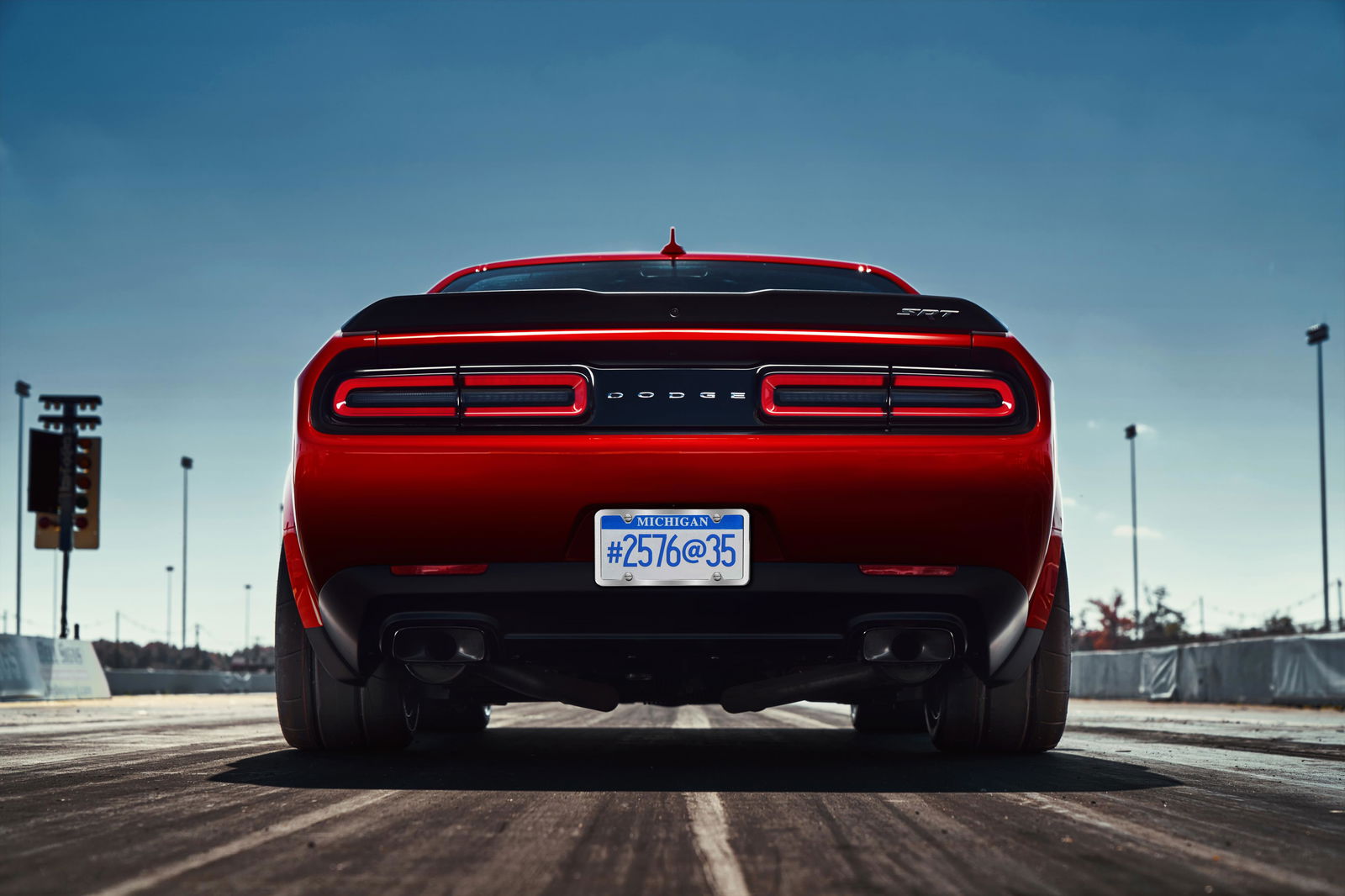

Comments
One point they really missed here is the fact that many transverse engine cars are very light with most weighing in at less than 3,200 lbs. That being the case you can put more money into the suspension and into cutting weight and end up with a very well performing track car. Also with advancements in technology like traction control and stability control if you pair them with a lsd torque steer becomes virtually non existent. And finally give that the cars are so light, a little bit of effort goes a long way. People laugh at 250hp Honda Civics but when you realize they have a power to weight ratio of 10:1 the game really starts to change. Lets stick with Civics just for an example. If you squeeze 500hp out of a 90s Civic and manage to get the weight down to about 2 thousand pounds it will literally hold it’s own agains most purpose built performance cars. And it’s not just a theory, it’s a reality. These cars do exist.
Cough cough the Pontiac Fiero was also mid engine transverse cough cough
Backward longitudinally and slanted engine with bottom-mounted tranxale for a FWD-configuration :) Saab B202 engine for the Classic Saab 900 :)
My personal preference is longitudinal as it is usually easy to work on. Also because FWD isn’t my thing, all about the RWD or AWD
we might be getting a volvo with a transverse engine but it doesn’t matter since it’s a 209 hp turbocharged 5-pot
Meanwhile volvo is sitting there with a wagon with a transverse mount straight six with a turning circle the size of a bus :D
Good article, but transverse-mid-engined layouts aren’t as rare as the author thinks. Just off the top of my head, Ferrari, Lancia, Lotus, MG, Alfa Romeo and FIAT have all used this layout in production cars.
Interesting article. One car that often is overlooked when talking about FWD is the 1966-1970s Oldsmobile Tornado.
It was a technological marvel with its Longitude Mounted Big Block V8s powering the Front Wheels. The first of its kind since the Cords of the 20s and 30s. I think the Tornado was a well ballanced car in it’s Longitude/FWD configuration.
Pagination